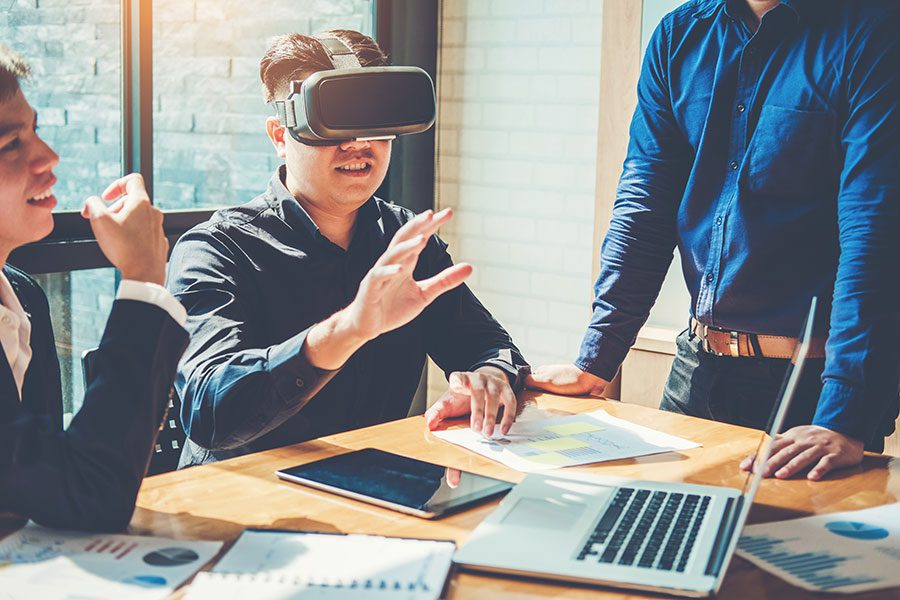Traditional workplace learning methods are gearing up to make way for the methods of the future in 2024.
Here at MDA Training, we strive to keep our workplace learning methods on the cusp of innovation, and so are always on the lookout for the trends that are set to shape the years to come. We predict that the three workplace learning methods that are positioned to shape 2024 are:- Virtual reality
- Artificial intelligence
- Group coaching









